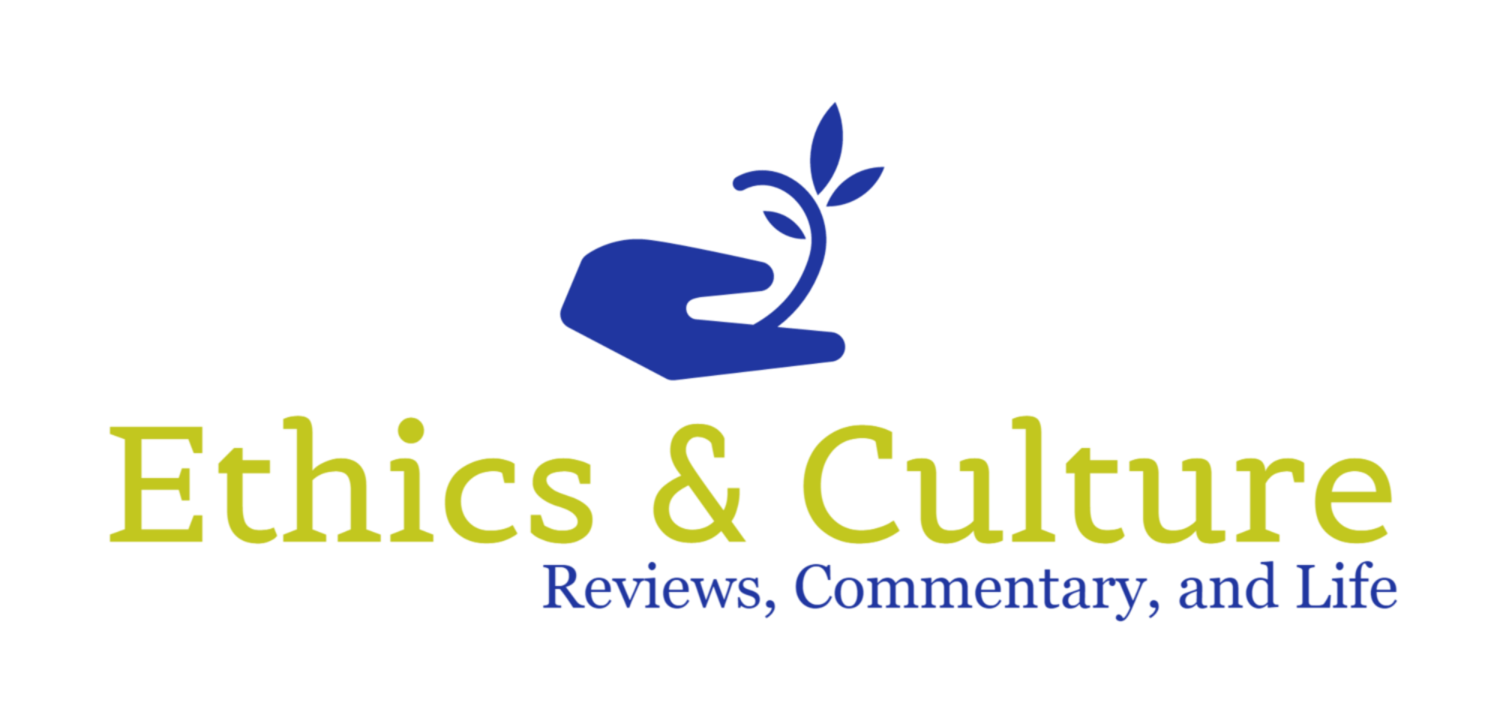The Shallows - A Review
Recently several news outlets have reported that humans have begun to have skeletal adaptions based on our modern lives. Although the exact cause may not be clear, it appears the people that use smartphones and other digital devices regularly may begin to see biological changes due to looking down more than any previous generation. A humoristic vision of the human future might have people with extremely well-developed thumbs and hunched shoulders several hundred years in the future.
Whether our physical bodies are indeed changing will likely be explored more fully in the years to come, but it appears that the internet is indeed changing how people think, reason, and learn. That thesis is the subject of Nicholas Carr’s seminal book, The Shallows: What the Internet is Doing to Our Brains.
Published in 2010, Carr’s book has been oft cited, including in more recent books like Andy Crouch’s Techwise Family and Jacob Shatzer’s Transhumanism and the Image of God. At the time, Carr’s book sounded an alarm about the changes to the human mind caused by the easy access to information that was always available.
Though it has been nearly a decade since Carr wrote, his ideas have been proven to be more correct than he likely could have imagined. When his book was published, the iPhone was only a few years old and smartphones were just beginning to exist at the price point where the majority of the population in the developed world could have access to them. Now it is only the rare individual that does not have a smartphone.
As internet memes remind us, the smartphone would have ruined a large number of movie plots recorded through history. Is there a bomb in the building? No need to rush through traffic to warn those inside, simply text, call, or instant message those threatened by disaster. This wonder of technology in the form of a quarter pound of silicon and heavy metals promises a world where communication is easy and instantaneous. That sounded like a promise of lower stress and a simpler life.
The reality has not lived up to the promise. Surveys continue to indicate that people are more stressed now than in decades past. There seems to be good evidence that the internet, and particularly constant access to it, are increasing the feelings of stress and disconnection.
Additionally, human learning habits have changed. While I served on the administration of Oklahoma Baptist University, I would overhear students complaining about closed book exams. Their reasoning was that “in the real world” they would be able to do an internet search for all of the answers. They could see no need to know historical facts or even how to do mathematics. When the information or process was really needed, it would only be few keystrokes away. This was not a particular trait of students at my university, but a general trend in how the population values knowledge and skill. The pervasiveness of this attitude has been reinforced by the recent graduates that I have worked with who have little cultural awareness (outside of the memes and hot-button issues they have been inundated with) and lack the ability to learn.
One of the key changes Carr highlights is the shift from deep reading to skimming. The internet fuels this, as people spend less and less time on a given website. Our brains reward us for changing the source and nature of the stimulation we receive with a little hit of dopamine. This is why many kids’ shows and even recent, popular movies change camera angles at a nausea-inducing rate. This is why when I see people outside at a scenic destination, they are less overwhelmed with the grandeur of the sights and more concerned with posting their selfies and checking to see who has affirmed them for sharing.
The change in the ability to read has become apparent in my own life. Since I have adopted a smartphone and the internet is only a click away wherever I am I have a harder time focusing on deep reading. Even when my phone is across the room, my eyes wander off the page periodically as I begin to wonder what is going on outside of my immediate vicinity. There is a constant pull to be stimulated that I was less subject to before I spent my day at an internet-connected computer with a supercomputer in my pocket.
It is not clear what changes will evolve in humans and in society in the coming years, but there is a case to be made that many of them will be a net negative. As Christians we need to think carefully about what technology is doing to us and, more significantly, what technology is for. It seems as if easy access to the internet is making us shallower as individuals. If that is the case, then we must find ways to resist the deleterious effects that may limit our ability to meditate on Christ and become more like him.

















There’s no reason to doubt that Jesus was nailed to the cross. Ultimately, I trust what Scripture says about Jesus’s crucifixion because I also trust what it says about his resurrection. And that’s what we should be celebrating this week.